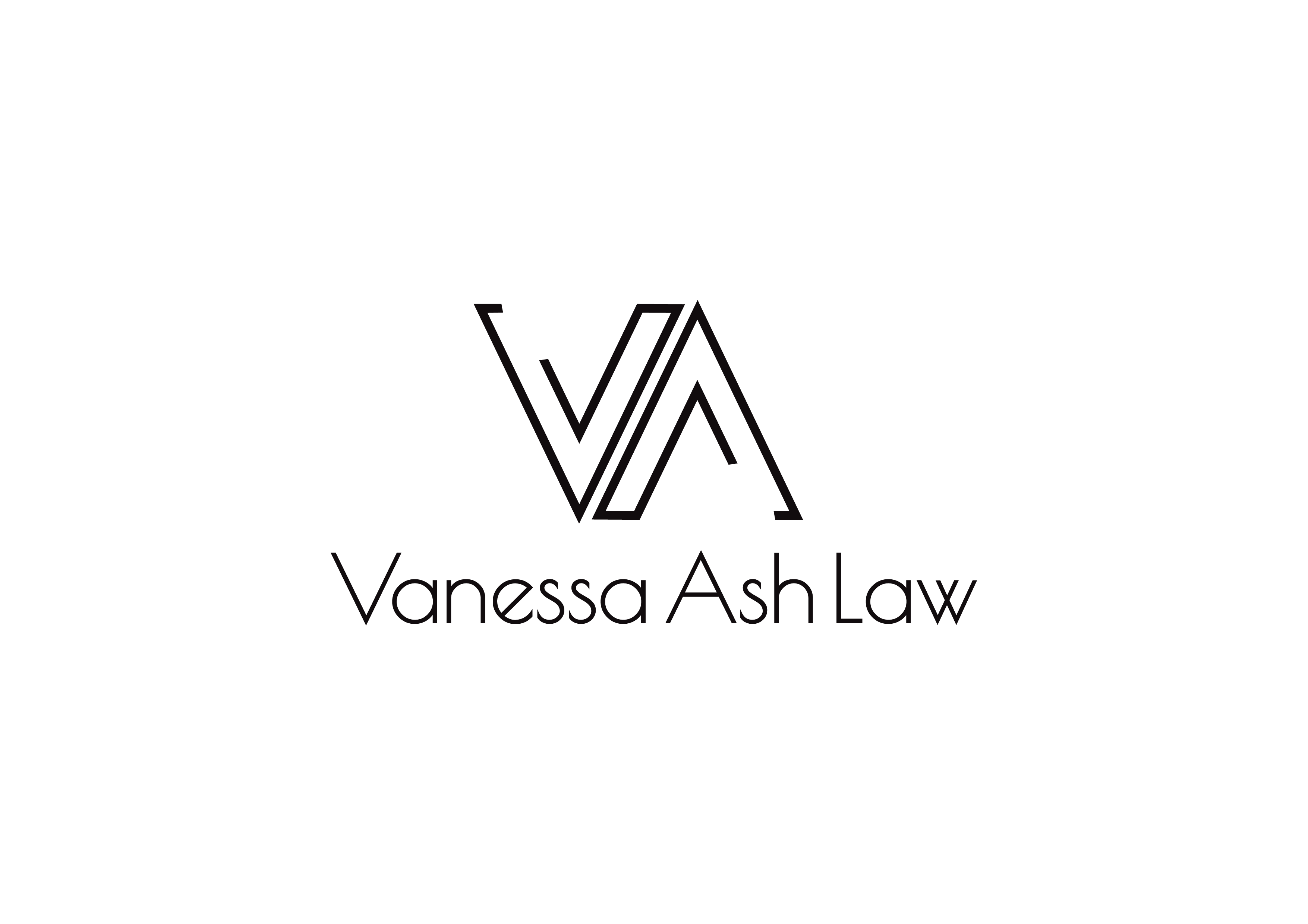In November 2015, a submission was made to the Victorian Attorney General to review sentencing options for drug-related offences by the Law Institute of Victoria (LIV). This document is important because sentencing drug cases is complex – there are health considerations to make (drug addiction), and recovery options that don’t exist for other types of offences. Thinking is slowly changing regarding drug offences, since many drug crimes are due to mental health and addiction problems, which are health concerns, not criminal concerns. At the moment, they are not treated as a health problem in Australia.
By addressing the true cause of the possession and use offending, further offending can be reduced. This is a true return on investment in judicial terms, and results in better outcomes for everyone.
The epidemic ice problem compounds the problems we’ve already got
The past five years have seen an increase in the recorded drug use and possession offences in Victoria, with Crime Statistics Agency reports stating that the rate of offences has increased over 14 per cent per year between 2010 and 2014. Ice use has become an epidemic, and the National Ice Taskforce has been set up to deal with it.
Dealing with ice-related offences has become difficult, because of limited sentencing options for treating ice-addicted offenders. There is one Drug Court in Victoria, and there is no substitute medication (like there is for heroin – methadone or naltrexone) to help treat ice addiction. The last few years have seen problematic removals of some sentencing options (home detention, combined custody treatment orders (CCTOs), intensive corrections orders (ICOs), community based orders (CBOs) and suspended sentences. We now only have Community Corrections Orders (CCOs), which offer a range of conditions to suit the punishment and rehabilitation of an offender, based on their circumstances.
Drug-related offenders, however, do not necessarily respond that well to CCOs, due to a lack of funding for residential treatment for addiction. This applies to all forms of addiction, not just ice. This is limiting efficacy of punishments, since the nature of addiction means without treatment, one is propelled right back where they came from without interruption.
The LIV says that to reduce drug-related offending, we need better funding and support for offenders, a set-up that addresses the cause of the offending. Prison is expensive, and doesn’t cure the problem, whereas a proper treatment facility would improve outcomes considerably, not only for the community and the offender and their family, but for the public purse. Breaking the cycle is key, and without proper treatment, the cycle persists. This doesn’t help anyone.
Drug offenders can be productive contributors to society in the future, as the LIV points out, and proposes:
- The current approach to sentencing is failing – offenders just keep on offending
- Nobody is treating the cause of drug-related offending – addiction, mental health, social exclusion
A multifaceted approach benefits everyone:
- Add drug courts to Melbourne CBD and regional hubs
- Expand the CISP program to County Court jurisdiction
- Better utilise the Residential Treatment conditions available on CCOs
- Fast-track CCO contraventions hearings modelled on the HOPE program
- Develop drug treatment units at prisons and secure treatment facilities
If you are on use or possession drug-related charges, we can help get you the outcomes in court that address your offending. Getting help for addiction, social exclusion and mental health problems needs to be taken seriously. Vanessa Ash can help.
Don’t leave it to chance. Call Vanessa Ash and Associates today.
